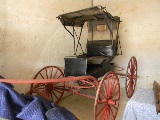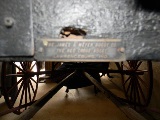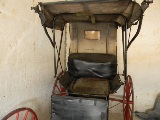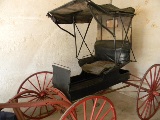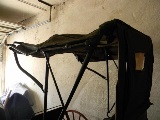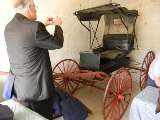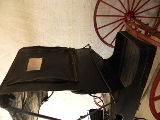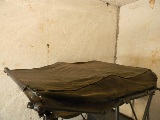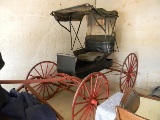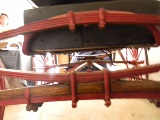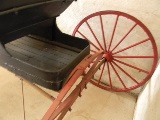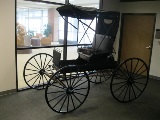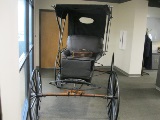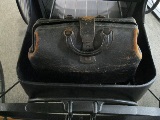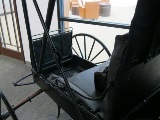Medicine in the New South
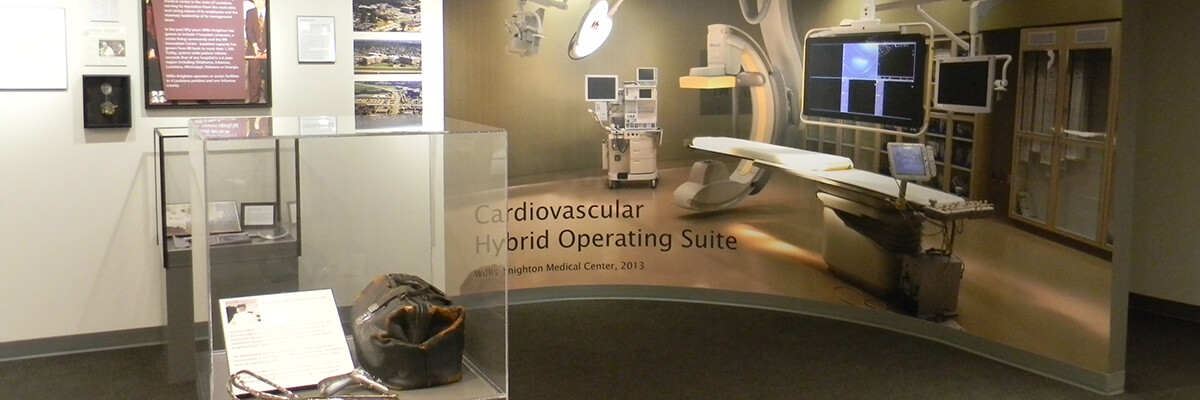
Medicine in the New South
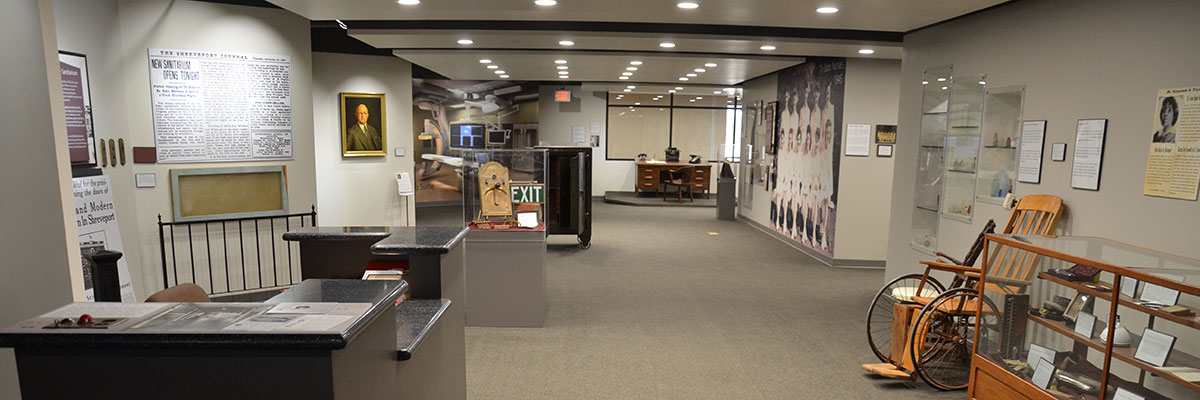
Medicine in the New South
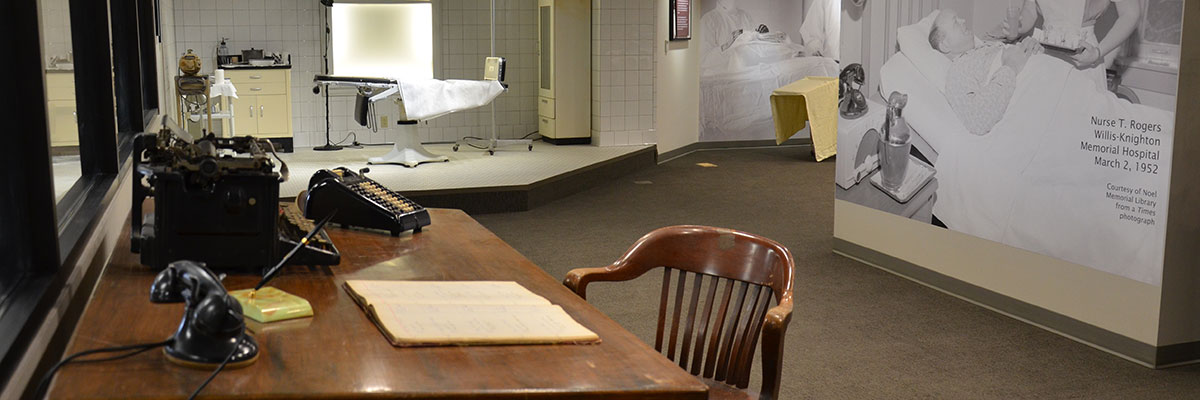
Medicine in the New South
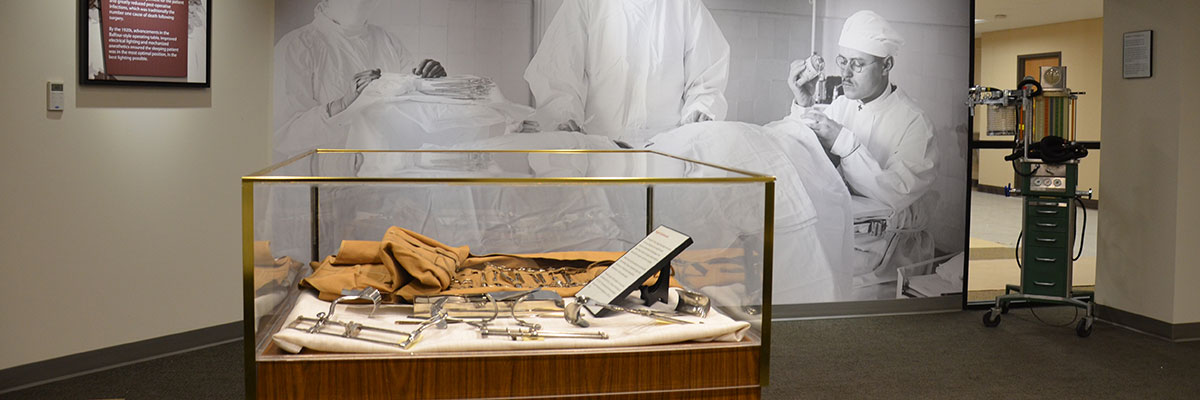
Medicine in the New South
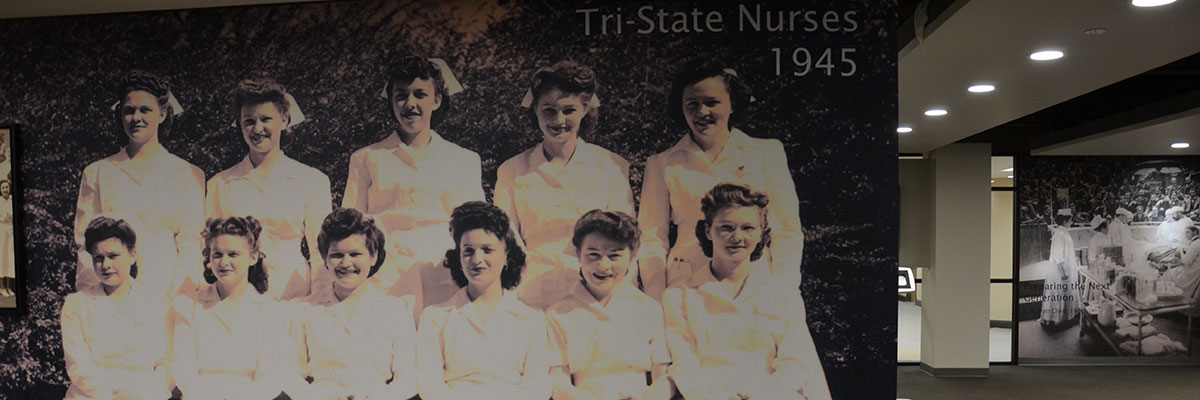
Medicine in the New South
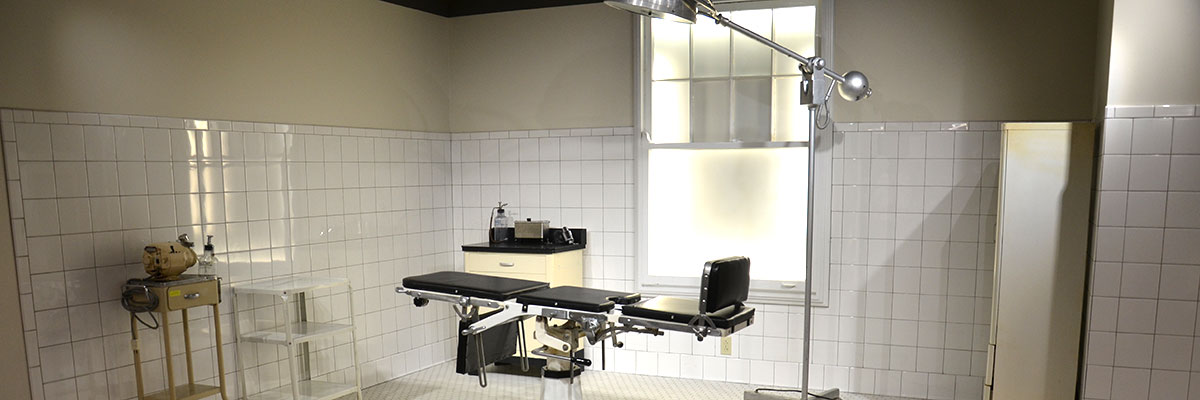
Traces the regional development of medicine from the end of the Civil War to the dawn of the twentieth century. Can you imagine sewing up a surgical incision with horsehair? Can you imagine the doctor coming to you for a house call when you are not feeling well? Highlights exhibit include a restored ca. 1890s doctor’s buggy, an extensive collection patent medicine bottles, vintage instruments and puzzling medical devices of years long since passed.
Doctors Buggy
Description
Our doctor’s buggy was a specially designed “buggy” or single person horse-drawn vehicle intended for physicians to take themselves and their equipment to their patients homes. In this period, the doctor made “housecalls” and only rarely did the patient go to the “doctor’s office”, often only a room in his residence set aside for seeing patients who did arrive on his doorstep. It is lightweight with narrow wheels to keep it from getting stuck in the mud.
Buggies like this were made through the 19th and early 20th centuries. Ours was made in Lawrenceburg, Indiana by James and Mayer, carriage-makers. It’s likely this dates from 1893 that's when James and Mayer were operating their factory. Their version of the vehicle was called the “Red Cross Buggy”.
Dr. Joseph Knighton after whom the health system was named wrote of those early days what in was likely the draft of a speech. The document remains in our archives and refers to “horse and buggy days” of medicine while practicing as a young doctor in rural Claiborne Parish.
Location in Museum
The buggy is located in the front of the museum as you walk through the doors.
Age
Ca. 1893


